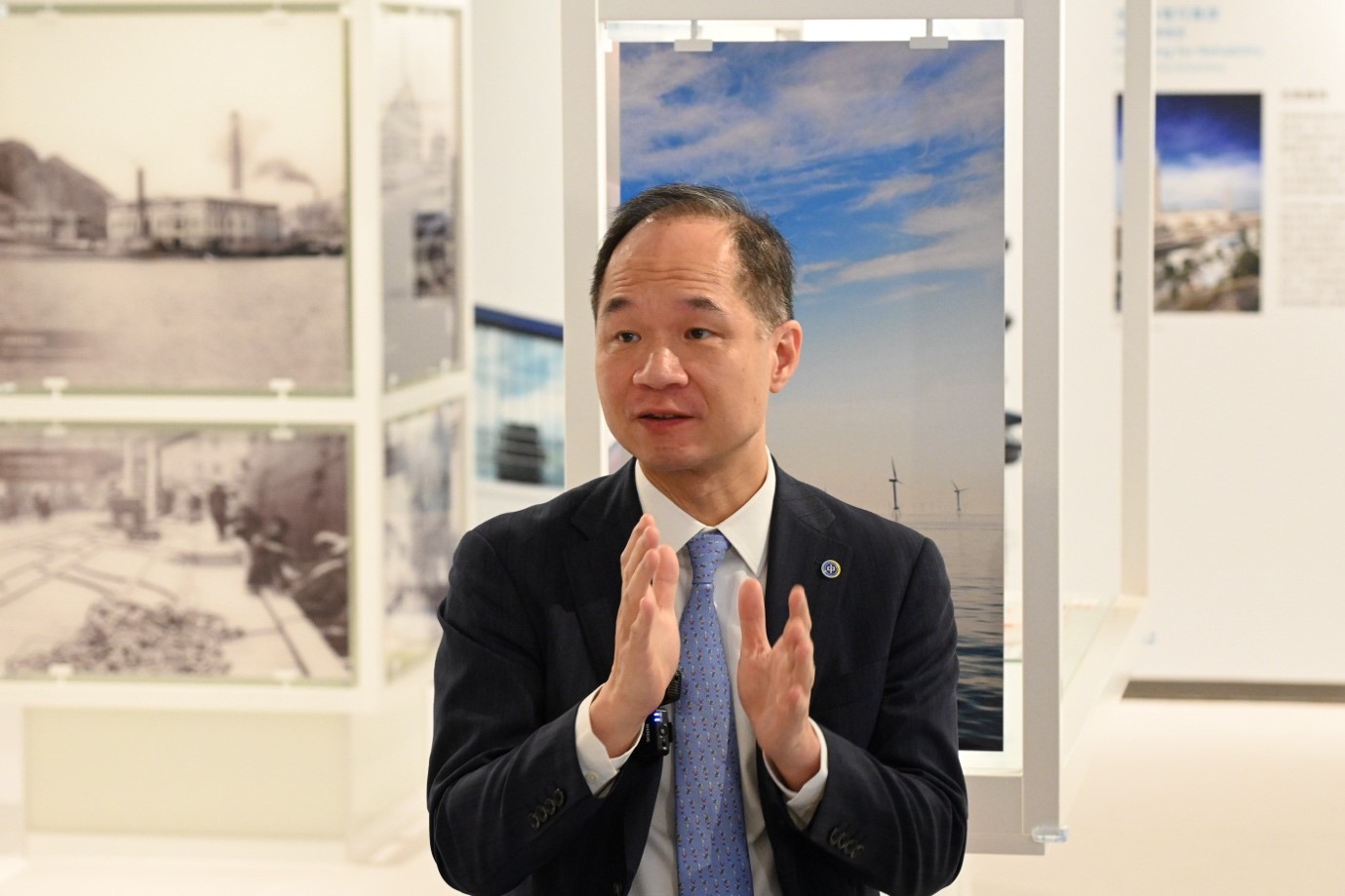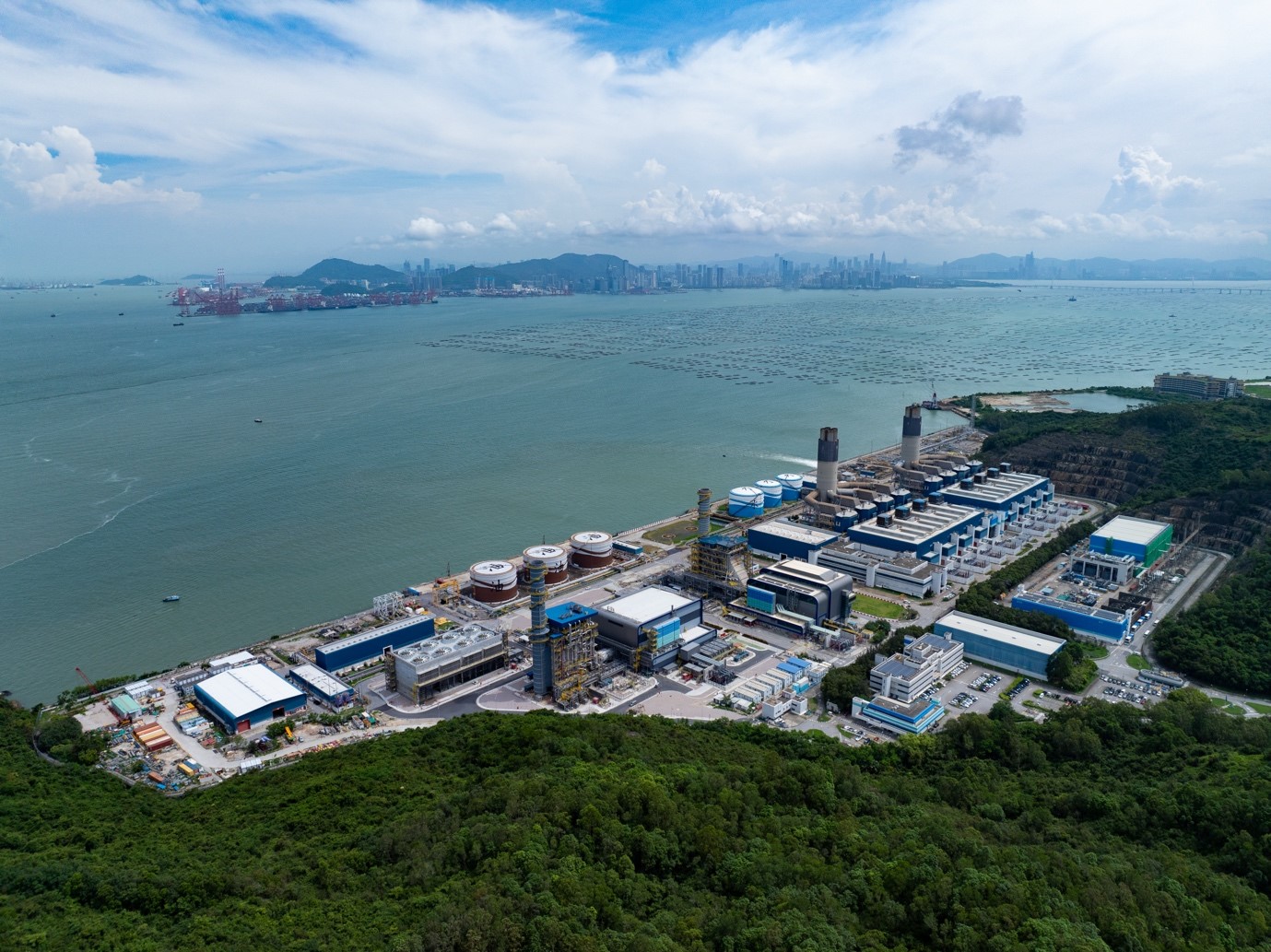
CLP Holdings is steadfastly pressing on with its strategies to accelerate decarbonization in Hong Kong and other markets in the Asia Pacific, including the Chinese mainland, enabling the group’s business to grow sustainably, said Chief Executive Officer Chiang Tung-keung.
Chiang said he's satisfied with CLP’s progress since he assumed the post in October last year, adding that decarbonization will deliver significant growth opportunities. The company aims to uplift the capabilities of the workforce to capture the opportunities arising from the energy transition and the emergence of new digital technologies.
He stressed that Hong Kong will remain pivotal to CLP which is transitioning to lower-carbon electricity generation, promoting energy efficiency for customers and strengthening regional cooperation to bring in zero-carbon energy to support the city’s decarbonization.
According to the latest Hong Kong Special Administrative Region government statistics, electricity generation accounted for 63 percent of local greenhouse gas emissions, and the power sector has a key role in the city’s efforts to achieve carbon neutrality before 2050.
In line with the net-zero electricity generation strategies proposed by the SAR government, a three-step roadmap is needed to drive ongoing decarbonization in Hong Kong, Chiang said. This includes phasing out coal-fired generation, increasing regional cooperation, and exploring long-term decarbonization fuel options like green hydrogen.

Among the group’s most recent efforts is the new 600MW D2 generation unit that went into service in April at Black Point Power Station in the northwestern New Territories. The unit, which utilizes an advanced combined-cycle gas turbine technology to provide more efficient generation performance, has enabled CLP to retire most of the generation units at the company’s coal-fired Castle Peak A power station in the first half of this year.
Chiang suggested that to take the next giant leap forward to meet Hong Kong’s Climate Action Plan 2050, the city needs to generate more zero-carbon energy as its geographical constraints limit the potential for large-scale renewable energy development.
He said the Guangdong-Hong Kong-Macao Greater Bay Area has brought many opportunities, citing the Daya Bay Nuclear Power Station, now in its 30th year of stable operation, as a prime example.
Overseas, CLP has been developing assorted decarbonization levers to contribute to the global green agenda while tapping into more prospective revenue sources.
CLP’s subsidiary, EnergyAustralia, focuses on low-carbon energy development to support Australia’s energy transition.
In India, CLP’s joint venture, Apraava Energy, is developing non-carbon businesses, including renewable energy, power transmission, and advanced metering infrastructure to deliver lower-carbon energy.


